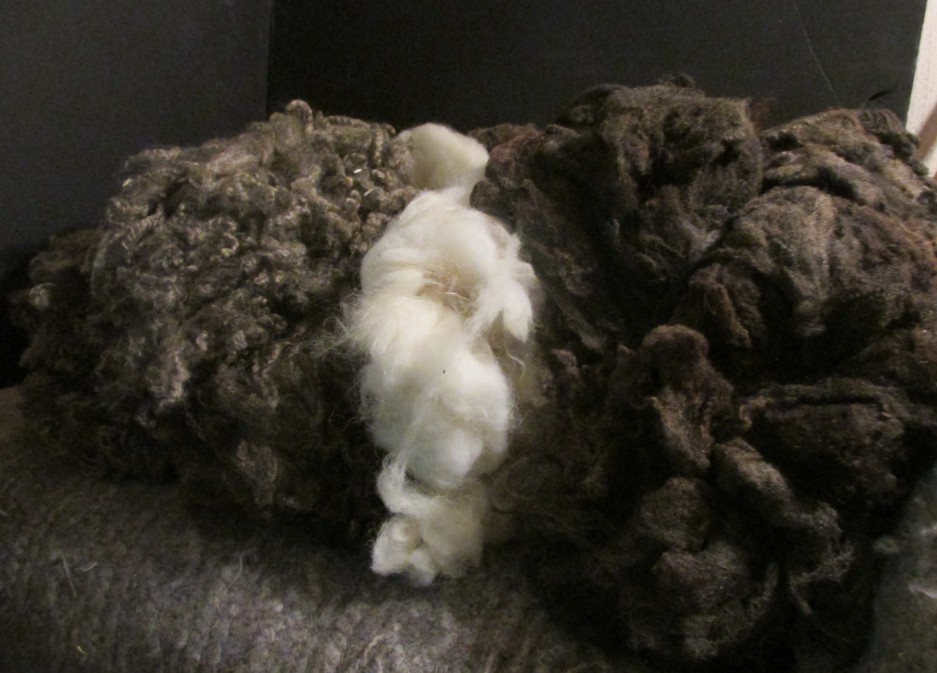Hello
FIBERuary Day 26
BLACK WALNUT DYEING
Black Walnut trees are found from Canada to Florida. They are found in forests and in neighborhoods. The nuts start dropping in late September and sometimes you can smell the tree before you see it They have a delightful odor. The nuts are covered with a greenish-brown hull.
I have found that people are always glad for you to pick them and take them away. They stain cars, clothes and can make a mess of a yard. If the hulls have turned brown you will need to wear gloves when picking them otherwise your hands will be stained a pretty brown. If you can’t find a tree near you check on Craig’s list, I have seen ads to come and pick for free
I do not take the walnut out of the husk as the walnut contains tannins which are a mordant helping the dye to adhere to the fiber..
PREPARATION AND DYEING
If you are not going to use them for dye right away I suggest you either let them dry out or freeze them. You can also make up the dye solution and freeze it. I prefer to let them dry out. I put them on a baking rack and let them dry naturally.

They will turn a dark brown when dried. I then store them in a glass jar for future use. You can also freeze them. I always have an ample supply at the ready.. They can be used many times.
I fill up my dye pot with water and put my hulls in a cotton cloth. Tying the ends so the walnuts don’t come out. (They tend to come apart during the dyeing process and the pieces are hard to take out of wool.) I bring this to a simmer. You will notice the color of the water changing almost immediately after you put the nuts in. I let the water simmer for an hour or so Then I remove the cloth with the nuts in it and let it drain. You will find you have a wonderfully colored cloth

. I let the water cool before adding wet wool, slowly bring it up to a simmer again and after 30-45 minutes bring out your wool. . This dye will work on all sorts of natural fibers.
The picture below is of cotton and wool fabric and wool roving. It was left in less than a half hour. If left in the dye pot longer the color will deepen . Adding more hulls to the water will also make the dye darker.

DYEING FOR RUG HOOKING
I like to over dye plaids with this dye as it give the plaids a primitive look.
EMBROIDERY THREAD
This dye can also be used to dye and over dye embroidery thread.

I am going to put it back in the dye pot in hope to get a little darker color.
COPPER DYE
Below is some roving dyed with the copper solution

Enjoy Natural Dyeing
Carole Adams Whispering Pines Frm

